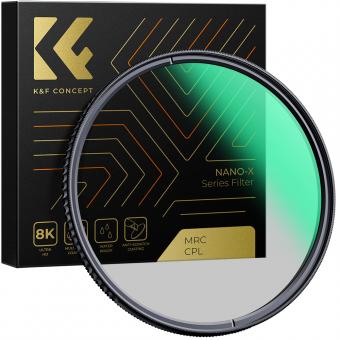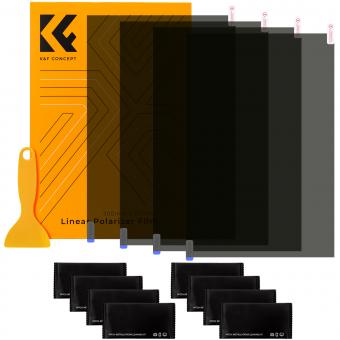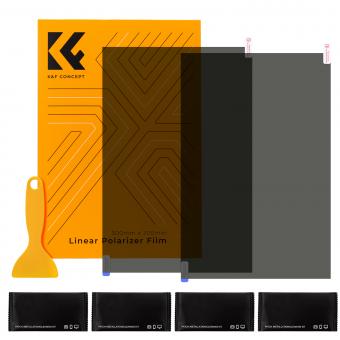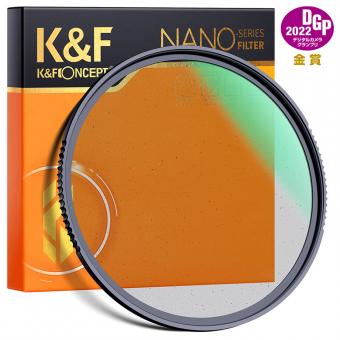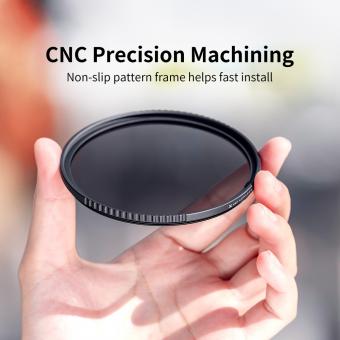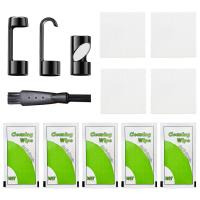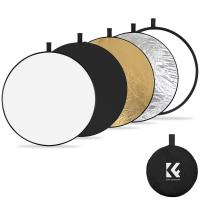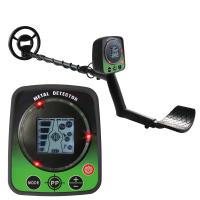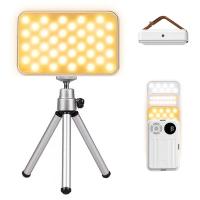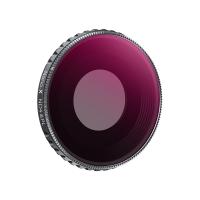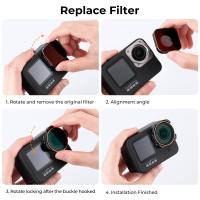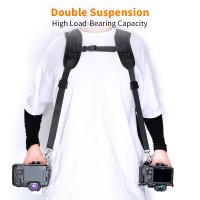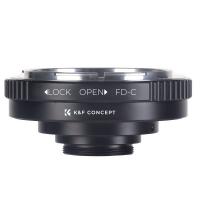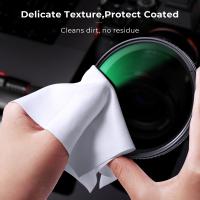What Is A Cpl Polarizing Filter ?
A CPL polarizing filter, also known as a circular polarizing filter, is an optical filter commonly used in photography and videography. It is designed to reduce glare and reflections from non-metallic surfaces, such as water or glass, and enhance color saturation and contrast in images. The filter achieves this by selectively blocking certain polarized light waves that are aligned in a specific direction. By rotating the filter, photographers can adjust the amount of polarization effect desired. CPL filters are typically attached to the front of a camera lens and can be used in various shooting conditions, such as landscape photography, outdoor portraits, or architectural photography.
1、 Definition and Function of a CPL Polarizing Filter
A CPL (Circular Polarizing) filter is a type of camera filter that is commonly used in photography to reduce glare and reflections from non-metallic surfaces, such as water or glass. It is also used to enhance the color saturation and contrast of the images.
The CPL filter consists of two layers of glass with a special film in between that helps to control the polarization of light. When light enters the filter, it becomes polarized in a specific direction. By rotating the filter, photographers can adjust the angle of polarization to achieve the desired effect.
One of the main functions of a CPL filter is to reduce reflections. When shooting outdoors, the filter can be used to minimize glare from water or shiny surfaces, allowing for clearer and more detailed images. It is particularly useful in landscape photography, where reflections can often be distracting.
Additionally, a CPL filter can enhance the colors in a photograph. By reducing scattered light, the filter increases color saturation and contrast, resulting in more vibrant and vivid images. This is especially beneficial when capturing scenes with a blue sky or foliage, as it helps to bring out the natural colors.
In recent years, there has been a growing trend towards using CPL filters in smartphone photography. Many smartphone manufacturers have started incorporating CPL filters into their camera systems, allowing users to achieve similar effects without the need for additional accessories.
Overall, a CPL polarizing filter is a valuable tool for photographers looking to control reflections, enhance colors, and improve the overall quality of their images.
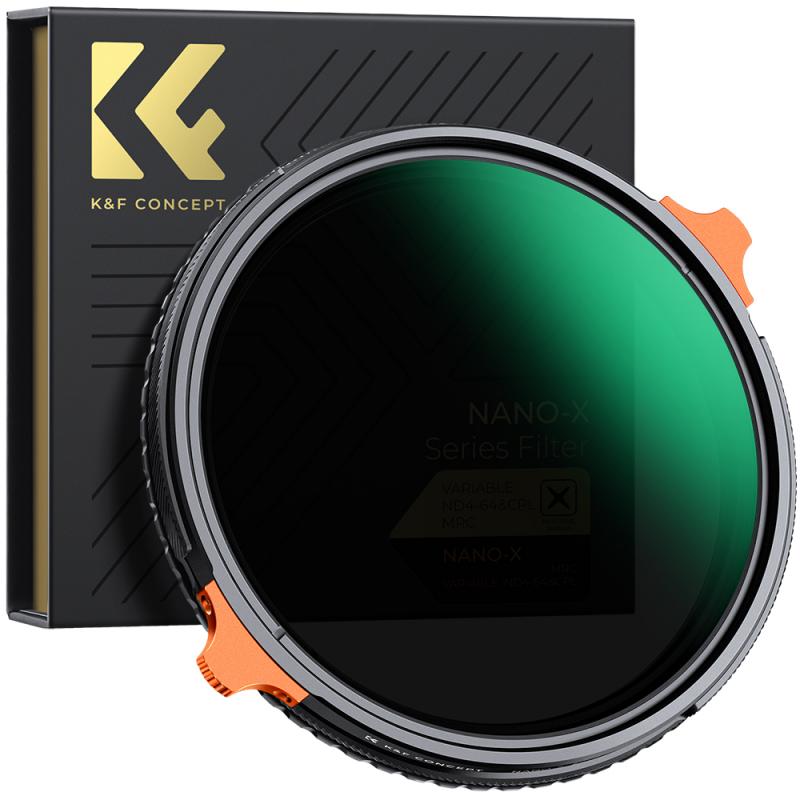
2、 How a CPL Polarizing Filter Works
A CPL (Circular Polarizing) filter is a popular camera accessory used to enhance the quality of photographs by reducing glare and reflections. It is a circular version of the linear polarizing filter, designed specifically for use with autofocus and auto-exposure cameras.
The primary function of a CPL polarizing filter is to block certain light waves that are reflected off non-metallic surfaces such as water, glass, and foliage. When light reflects off these surfaces, it becomes polarized, meaning the light waves align in a specific direction. This polarized light can cause unwanted reflections and glare, resulting in washed-out colors and reduced contrast in photographs.
A CPL filter consists of two layers of glass with a special film in between. The outer layer rotates, allowing the photographer to adjust the angle at which the polarized light is blocked. By rotating the filter, the photographer can selectively eliminate or reduce reflections and glare, resulting in clearer, more vibrant images.
Additionally, a CPL filter can also enhance the saturation of colors, making them appear more vibrant and rich. This is particularly useful when photographing landscapes or scenes with a lot of foliage, as it can make the greens appear more lush and the blues more intense.
It is important to note that a CPL filter reduces the amount of light entering the camera, typically by around 1-2 stops. This means that longer exposure times or wider apertures may be required to compensate for the reduced light. However, modern cameras often have built-in light meters that can automatically adjust the exposure settings accordingly.
In conclusion, a CPL polarizing filter is a valuable tool for photographers looking to reduce reflections, glare, and enhance colors in their photographs. It is a versatile accessory that can greatly improve the overall quality of images, particularly in outdoor and landscape photography.
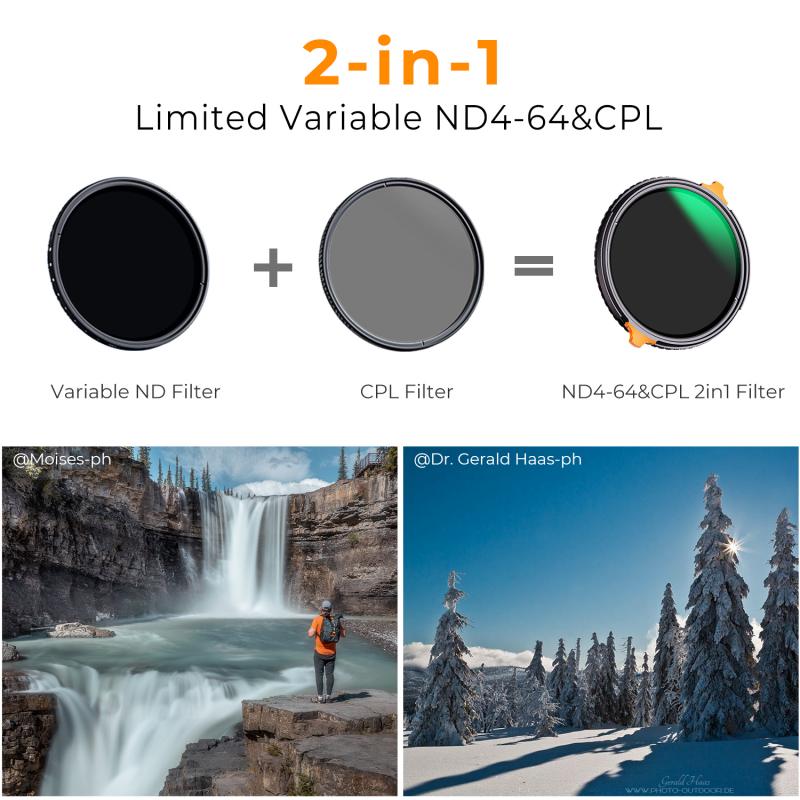
3、 Benefits and Applications of CPL Polarizing Filters
A CPL (Circular Polarizing) filter is a type of camera filter that is commonly used in photography to reduce glare and reflections from non-metallic surfaces, such as water or glass. It works by selectively blocking certain polarized light waves, allowing only the desired light to pass through the lens. This results in enhanced color saturation, improved contrast, and a reduction in unwanted reflections.
The primary benefit of using a CPL polarizing filter is the ability to control and manipulate light in a way that enhances the overall image quality. By reducing glare and reflections, the filter allows for clearer and more vibrant images, especially when shooting landscapes, water scenes, or through glass windows. It can also be used to darken skies, making clouds stand out more prominently.
Additionally, CPL filters can help to improve the overall image sharpness by reducing atmospheric haze and increasing the clarity of distant objects. This is particularly useful in landscape photography, where distant mountains or cityscapes can often appear washed out or lacking in detail.
In terms of applications, CPL filters are widely used in outdoor photography, such as landscape, nature, and architectural photography. They are also commonly used in product photography to reduce reflections on shiny surfaces. Furthermore, CPL filters can be used in videography to achieve similar effects.
It is worth noting that with advancements in post-processing software, some photographers argue that the need for CPL filters has diminished. However, many still prefer to use CPL filters during the shooting process to achieve the desired effects in-camera, reducing the need for extensive editing later on.
In conclusion, CPL polarizing filters offer several benefits and applications in photography, including reducing glare and reflections, enhancing color saturation and contrast, and improving overall image quality. While opinions may vary on their necessity in the digital age, they remain a valuable tool for many photographers seeking to achieve specific effects during the shooting process.

4、 Types and Variations of CPL Polarizing Filters
A CPL (Circular Polarizing) filter is a type of optical filter commonly used in photography to reduce glare and reflections from non-metallic surfaces, such as water or glass. It is designed to block certain polarized light waves while allowing others to pass through, resulting in enhanced color saturation, improved contrast, and overall better image quality.
CPL filters consist of two layers of glass with a special film in between that can rotate independently. By rotating the filter, photographers can adjust the angle at which polarized light is blocked, effectively controlling the amount of glare and reflections in their images. This is particularly useful when shooting landscapes, where reflections from water or foliage can often be distracting.
There are various types and variations of CPL filters available in the market today. Some filters are designed specifically for DSLR cameras, while others are compatible with mirrorless cameras or even smartphones. Additionally, CPL filters come in different sizes to fit various lens diameters.
In recent years, advancements in CPL filter technology have led to the development of slim filters, which are thinner and lighter than traditional filters. These slim filters reduce the risk of vignetting, especially when used with wide-angle lenses. Furthermore, some CPL filters now feature multi-coating to minimize flare and ghosting, ensuring optimal image quality.
It is worth noting that while CPL filters are primarily used for reducing glare and reflections, they can also have an impact on the overall exposure of an image. As the filter blocks a certain amount of light, photographers may need to adjust their camera settings accordingly to maintain proper exposure.
In conclusion, a CPL polarizing filter is an essential tool for photographers looking to enhance their images by reducing glare and reflections. With various types and advancements in technology, photographers now have a wide range of options to choose from to suit their specific needs and equipment.

